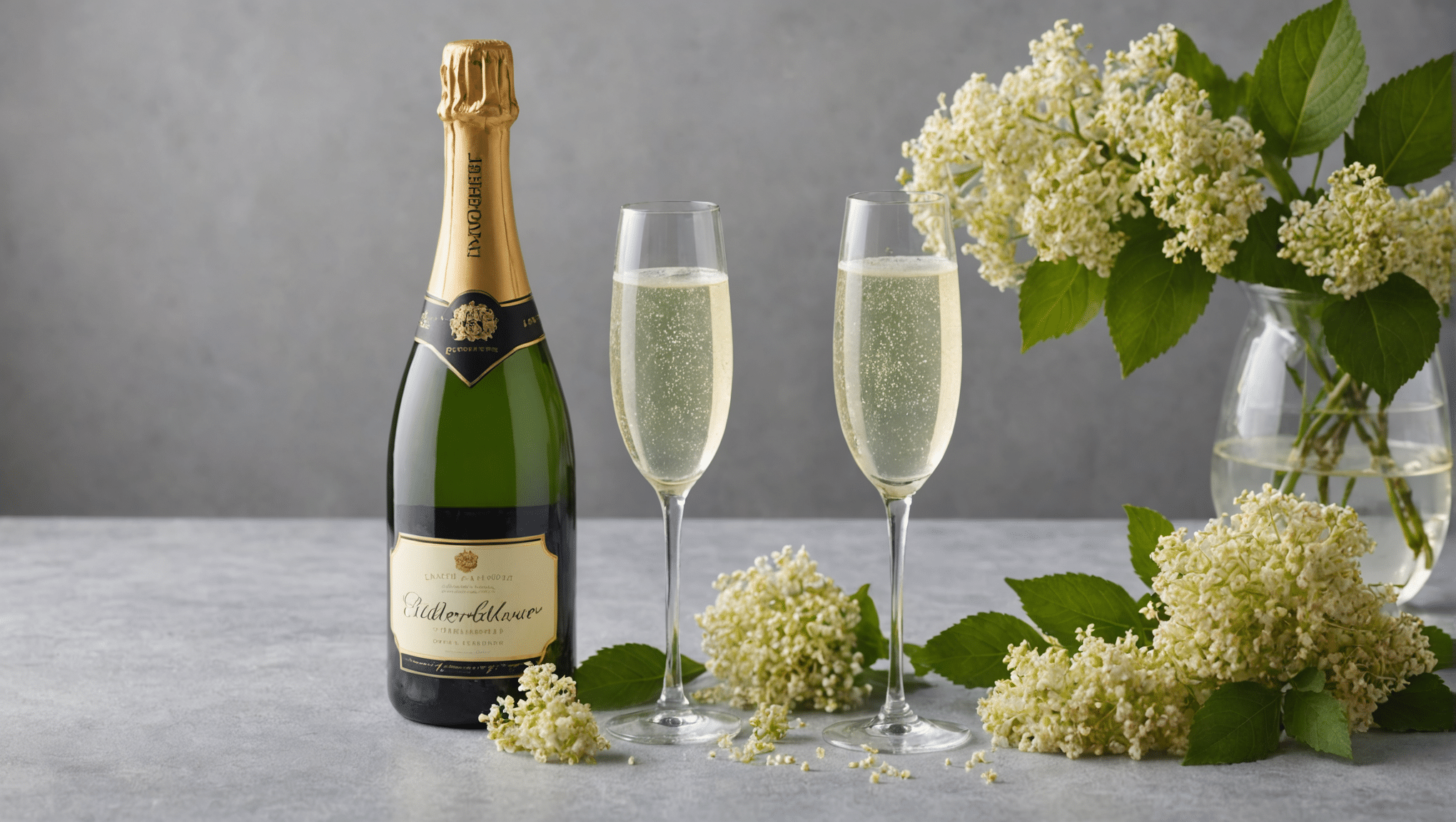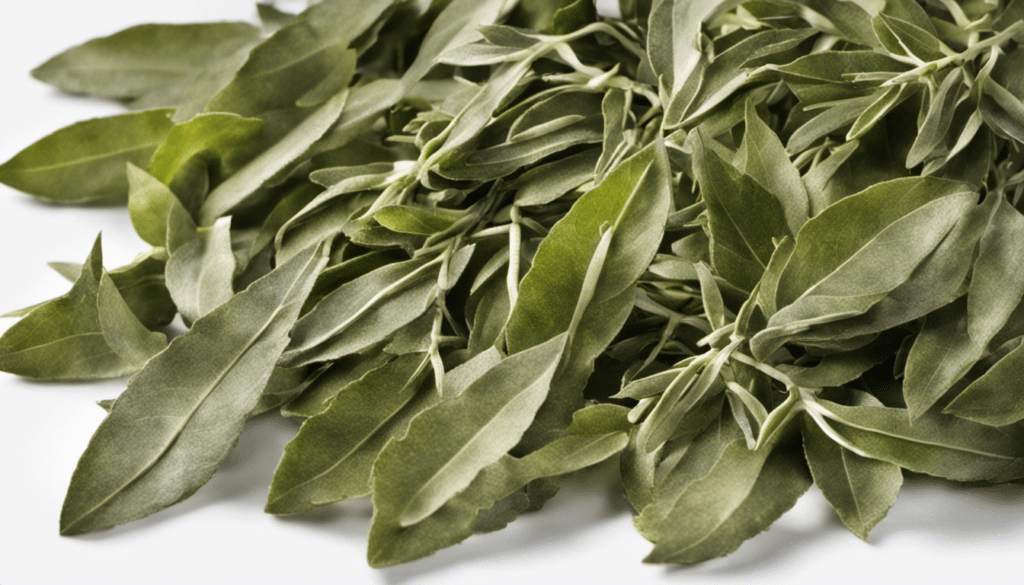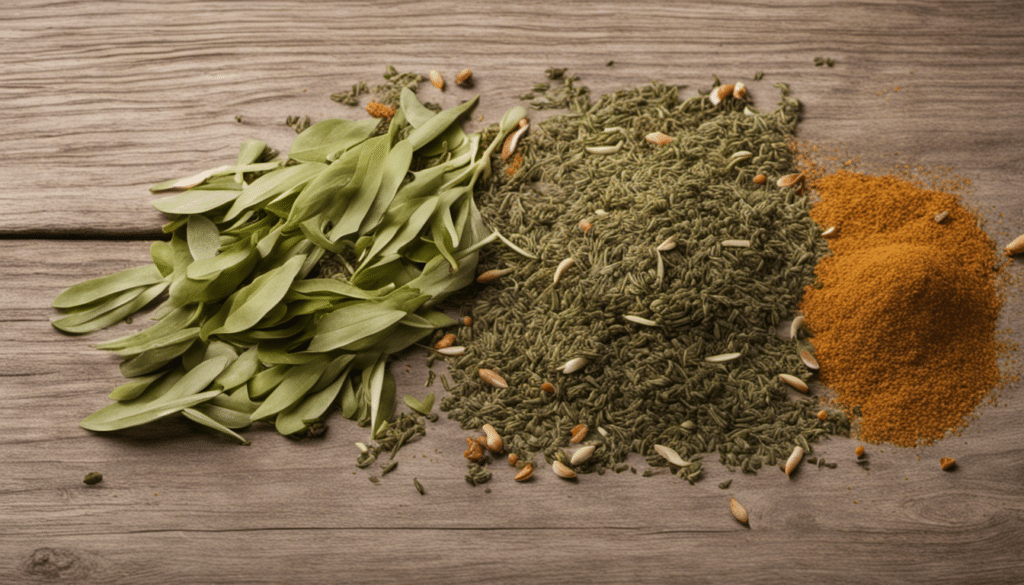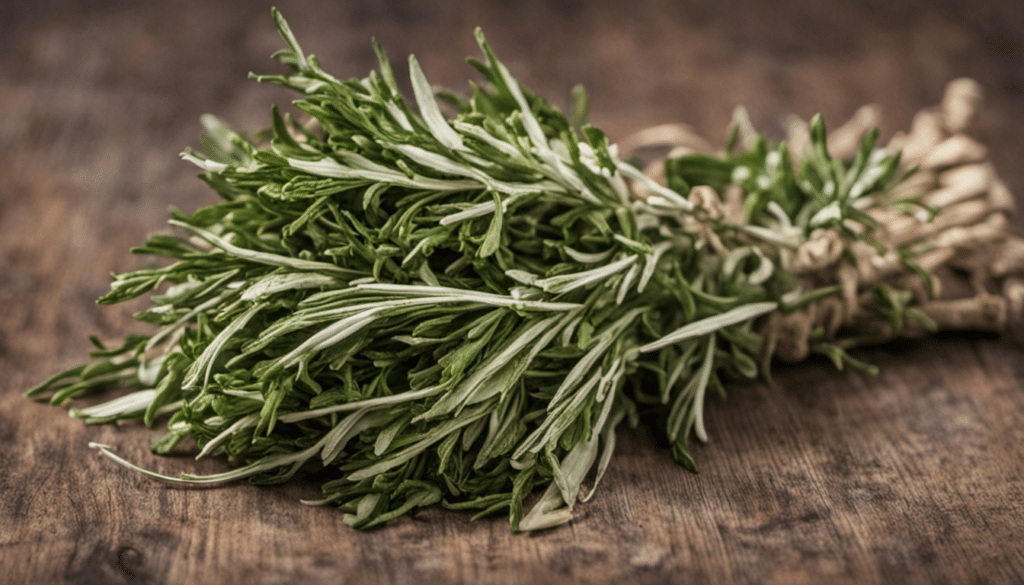| Prep: 20 mins | Cook: 2-3 mins | Difficulty: Easy | Serves: 6 |
| kcal | fat | saturates | carbs |
| 120 | 0g | 0g | 30g |
| sugars | fibre | protein | salt |
| 30g | 0g | 0g | 0.1g |

When I first stumbled upon the idea of making Elderflower Champagne, I was instantaneously captivated by its potential. Rooted in the rich history of foraged ingredients and grand celebrations in Europe, this refreshing beverage is an homage to Mother Nature’s more delicate offerings. Elderflowers, with their fragrant blossoms and subtle sweetness, pair effortlessly with the bright zest of lemon, elevating the entire concoction to a level of elegance that reminds me of the celebrated traditions from my Louisiana and French heritage.
A Symphony of Flavors
Pomaceous elderflowers bring a unique flavor profile that’s distinctively floral and slightly sweet, which then blends with the citrus notes of lemon and the crisp tanginess of white wine vinegar. The result? Elderflower Champagne transports you to a serene meadow in full bloom with each sip. The subtle effervescence provided by champagne yeast introduces an element of surprise, making every glass a festive occasion in itself. Imagine enjoying it on a sunny afternoon with gentle breezes—almost like capturing a moment of pure bliss in a bottle.
Health Benefits of Elderflower Champagne
Beyond its taste, elderflowers are known to boast numerous health benefits. Rich in antioxidants, they are hailed for their immune-boosting properties and support for reducing inflammation. Lemons add a punch of vitamin C, crucial for immune function and skin health, while the minimal amount of sugar and natural fermentation keep this beverage relatively low in calories compared to most commercial sodas and sparkling wines. For those inclined towards natural remedies, elderflowers have been used in traditional medicine to treat colds and flu. The natural fermentation process also offers probiotics crucial for gut health, making this not just a tasty drink but also a healthy one.
This delightful beverage is not just a standalone treat but pairs exceptionally well with certain dishes. Serve it alongside a light fare of grilled chicken or as a sophisticated accompaniment to a cheese board. Here’s a guide on choosing the perfect cheese for your board. Its floral notes and zesty undertone make it an ideal match for these meals.
A Nod to Similar Delights
If you enjoy Elderflower Champagne, you might find delight in other floral beverages like a lavender lemonade or a hibiscus iced tea. These drinks share a common theme of harnessing nature’s floral bounty into thirst-quenching creations that are simultaneously elegant and refreshing. Consider exploring sparkling cider or kombucha if you’re inclined to fermented beverages. Learn more about the benefits of kombucha here.
Crafting Elderflower Champagne is an immersive experience that not only satisfies the palate but also connects you to natural and traditional roots. It’s a beverage that celebrates simplicity and sophistication, a recipe I cherish deeply and love sharing with others. Whether you’re hosting a grand celebration or enjoying a quiet evening on your porch, this drink is sure to turn any moment into something truly special.
What You’ll Need
- 2 cups fresh elderflower heads (or 2 tablespoons dried elderflowers)
- 1 gallon (16 cups) water
- 2 cups sugar
- 2 lemons, juiced and zested
- 2 tablespoons white wine vinegar
- 1/4 teaspoon champagne yeast (or baking yeast as a substitute)
Method
Step One
In a large clean container, combine the elderflower heads (or dried elderflowers) with the water. Allow to sit for 24-48 hours to infuse the water with the elderflower essence.
Step Two
Strain the elderflower infusion through a fine mesh sieve or cheesecloth into a large pot to remove the flower heads.
Step Three
Add the sugar to the elderflower infusion and stir until fully dissolved.
Step Four
Add the lemon juice, lemon zest, and white wine vinegar to the pot and mix well.
Step Five
Once the mixture has cooled to room temperature, stir in the champagne yeast (or baking yeast) until dissolved.
Step Six
Using a funnel, carefully transfer the mixture into sterilized bottles with tight-fitting caps. Leave a little room at the top of each bottle to allow for the gas expansion during fermentation.
Step Seven
Seal the bottles and store in a cool, dark place for 1-2 weeks. Check the bottles occasionally to ensure they aren’t over-pressurizing. Once the champagne is fizzy and fermented to your liking, carefully open a bottle to test.
Step Eight
Once the elderflower champagne has reached the desired level of carbonation, transfer the bottles to the refrigerator to slow down the fermentation process.
Step Nine
Serve chilled and enjoy your homemade elderflower champagne!



